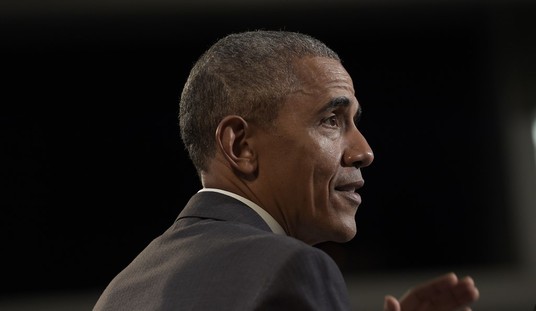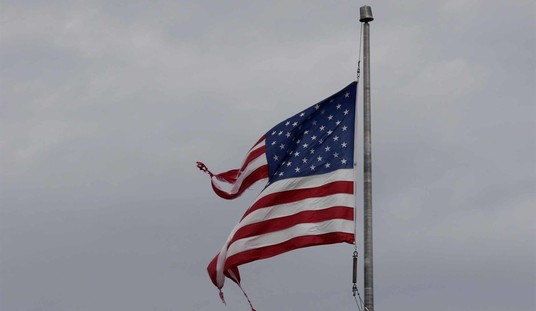An unmanned Russian lunar landing craft failed to achieve the proper orbit around the moon and ended up crashing on the surface. It was the first attempt by the Russians to land a robot on the moon since 1976 when Russia was known as the Soviet Union.
It was an ignominious end to a mission that was trying to beat an Indian lander to the South Pole of the moon. The Chandrayaan-3 is expected to land on the moon’s surface at the South Pole on August 23.
The failure of the mission is eerily reminiscent of the Soviet mission to the moon in July 1969. Luna 15 was supposed to land on the moon’s surface, scoop up some rocks, and race Apollo 11 back to Earth in what would have been the coup of the century. All during the time that Neil Armstrong and Buzz Aldrin were on the moon, the Soviets were readying Luna 15 for a landing.
Luna 15 plummeted toward the moon on July 21, crashed into a mountain and cratered near the aptly named Sea of Crises — before Armstrong and Buzz Aldrin even left the surface.
NASA had worried Luna 15 would interfere with radio transmissions and present a safety risk with Apollo 11, prompting high-level officials to cross the divide in an unprecedented level of cooperation.
“The race to the moon ends when Luna 15 crashes,” William P. Barry, NASA’s chief historian, told The Washington Post. Imagine the gloating in Moscow and the embarrassment of President Nixon if that scenario had played out.
With the Ukraine War and domestic uneasiness, Vladimir Putin may well have been trying to boost national morale by showing the Russian people that Russia is still a great power capable of doing great things.
That is part of the Kremlin’s narrative — a compelling one for many Russians — that Russia is a great nation held back by an American-led West that is jealous of and threatened by Russia’s capabilities. The country’s state-run space industry in particular has been a valuable tool as Russia works to remake its geopolitical relationships.
“The interest in our proposals is very high,” the head of Russia’s space program, Yuri Borisov, told Mr. Putin in a televised meeting in June, describing Russia’s plan to expand space cooperation with African countries. The initiative is part of the Kremlin’s overall efforts to deepen economic and political ties with non-Western countries amid European and American sanctions.
The race to the South Pole with India has enormous potential financial benefits. Scientists are nearly certain that hidden in the shadows of lunar craters at the South Pole is water ice — enough water to sustain a lunar colony and supply it not only with potable water but also with oxygen. And combining the oxygen and hydrogen gases would make rocket fuel.
But the Russian space program — like most of the rest of its crumbling industrial base — has proven itself incapable of “doing great things” for a long time. It’s been 35 years since Russia’s last notable success when Vega 1 and Vega 2 flew by Venus and released two landers that managed to survive on the hellish surface for about an hour.
Otherwise, it’s been failure after failure. And the reasons are almost always related to corruption, incompetence, and stupidity.
Subsequent missions to Mars that launched in 1988 and 1996 failed.
The embarrassing nadir came in 2011 with Phobos-Grunt, which was supposed to land on Phobos, the larger of Mars’ two moons, and bring back samples of rock and dirt to Earth. But Phobos-Grunt never made it out of Earth’s orbit after the engines that were to send it to Mars did not fire. A few months later, it burned up in Earth’s atmosphere.
An investigation later revealed that Russia’s financially strapped space agency had skimped on manufacturing and testing, using electronics components that had not been proven to survive the cold and radiation of space.
Currently, Russia is carrying NASA astronauts to the Space Station in 40-year-old technology. Given their track record, it’s a wonder that NASA is even allowing the Russians to transport our people.
But the U.S. has just restarted its manned space program, so NASA is sending our people up on a wing and a prayer, hoping the Russian spacecraft holds out a few more years until SpaceX and other private space companies can fill in the gaps.










